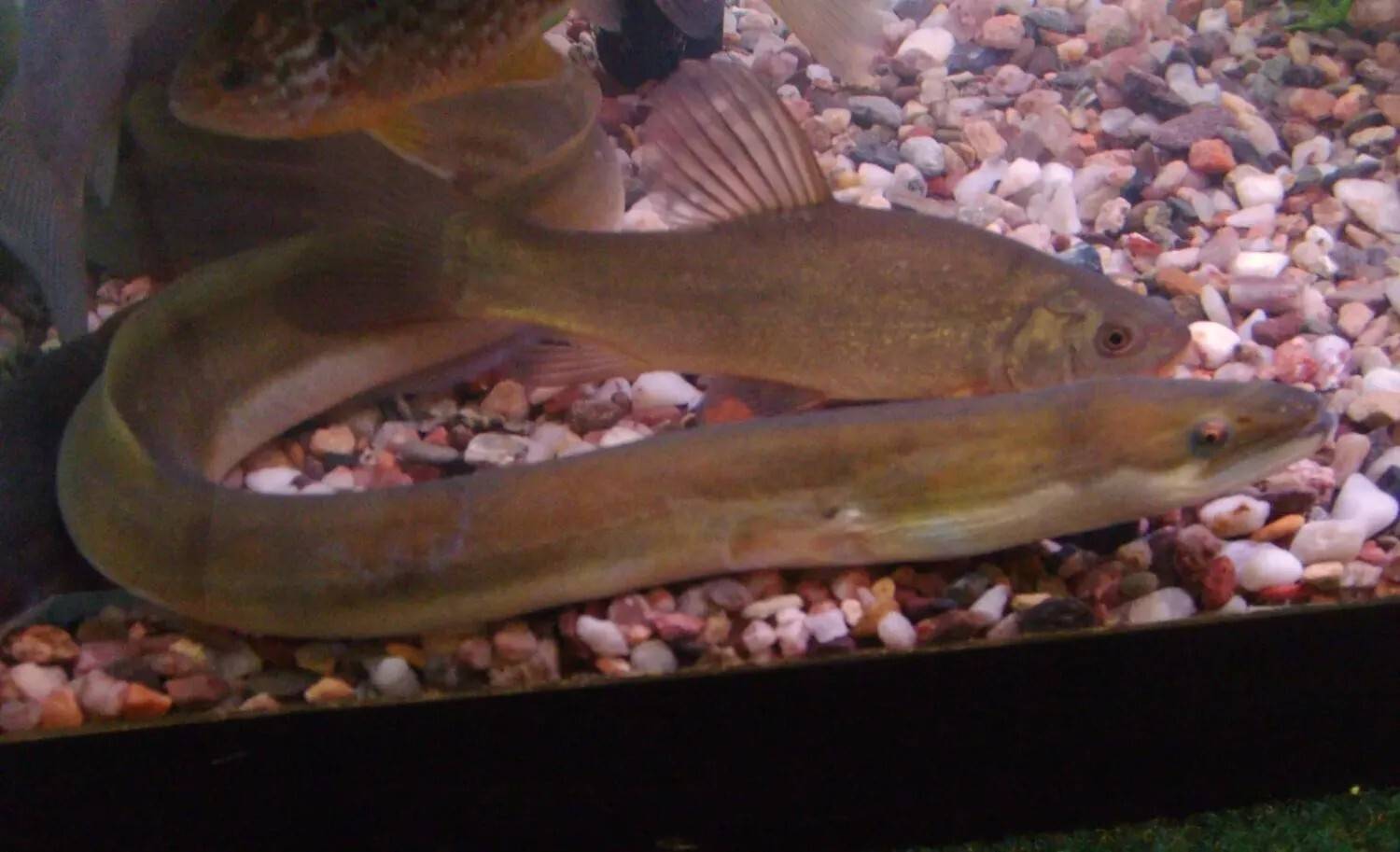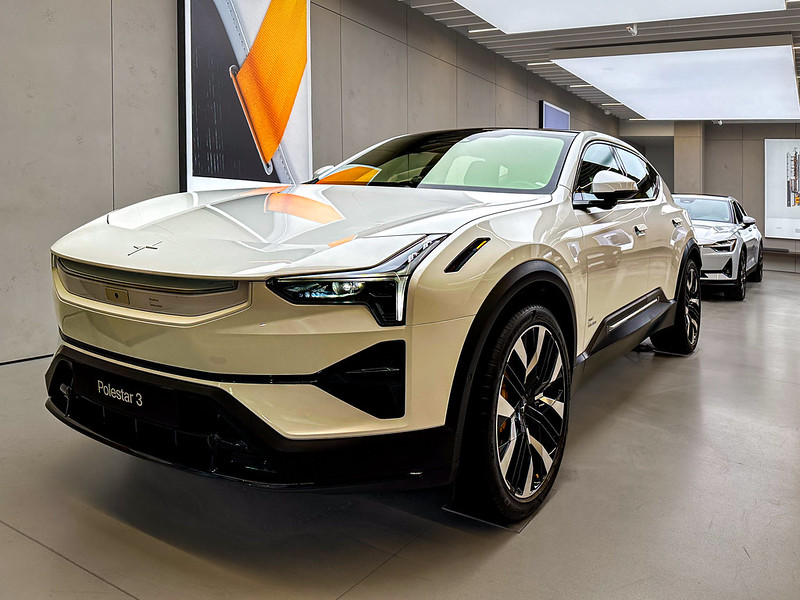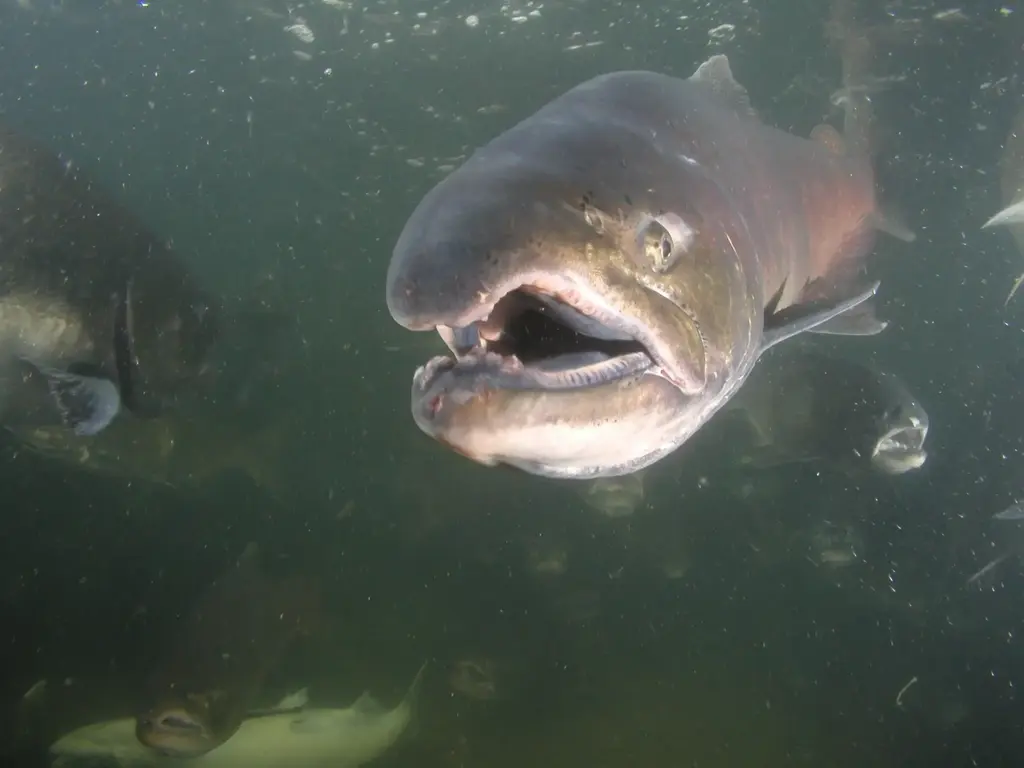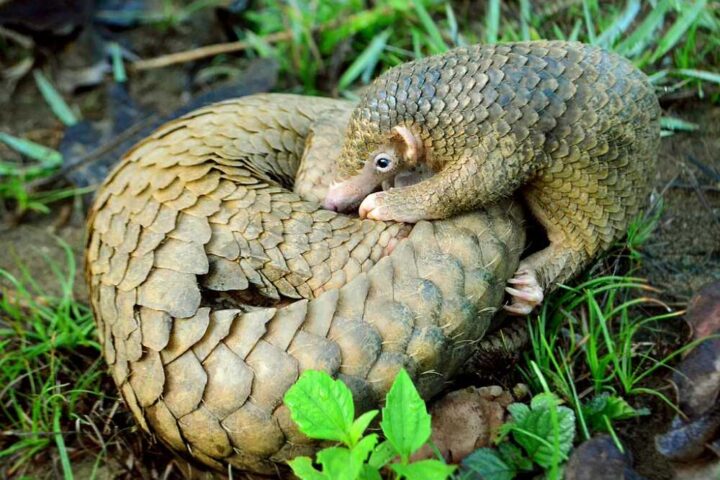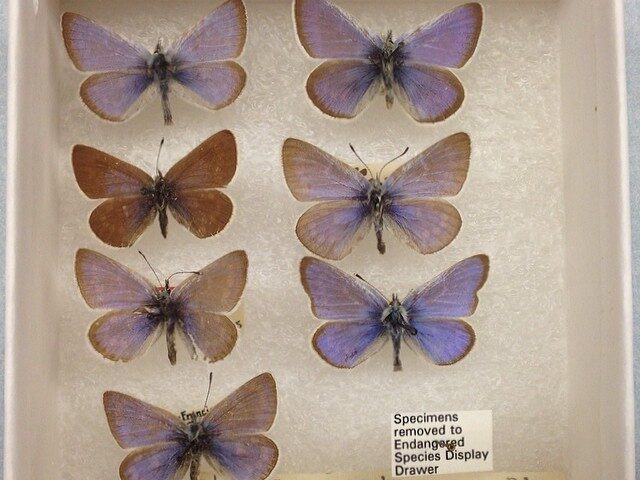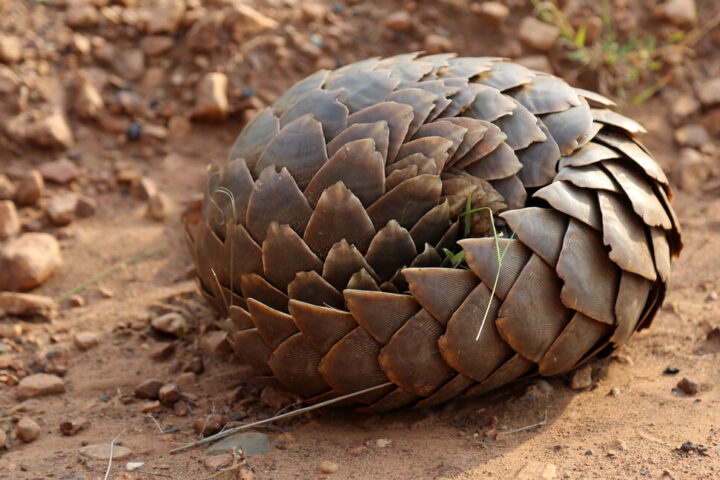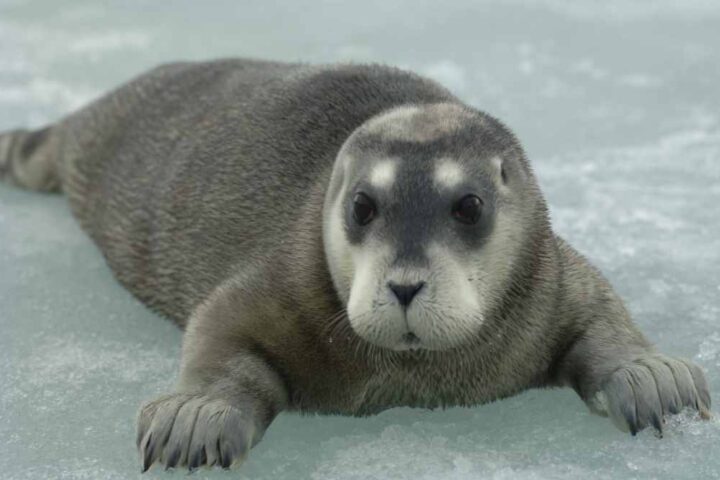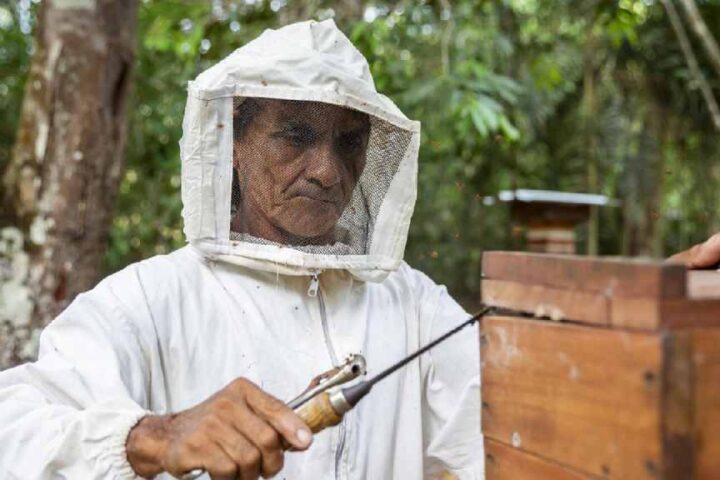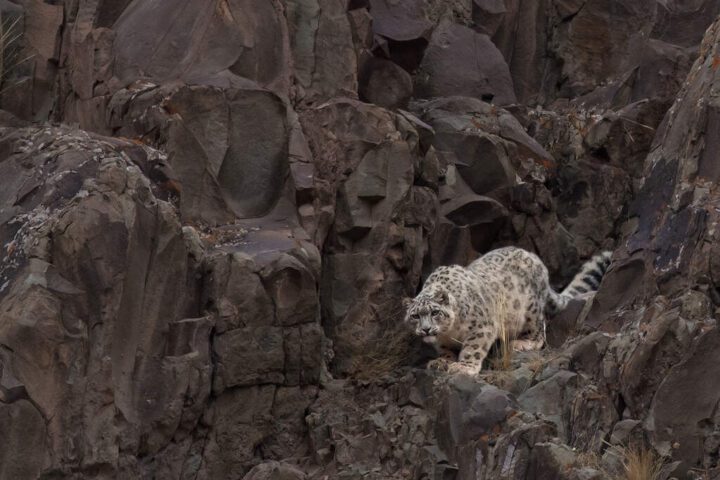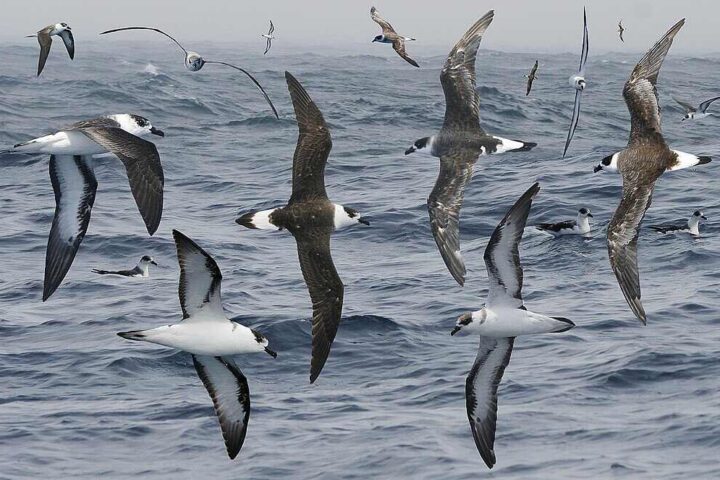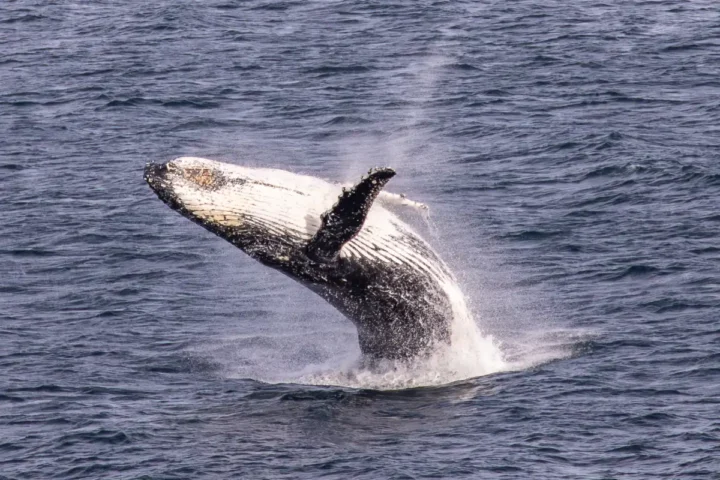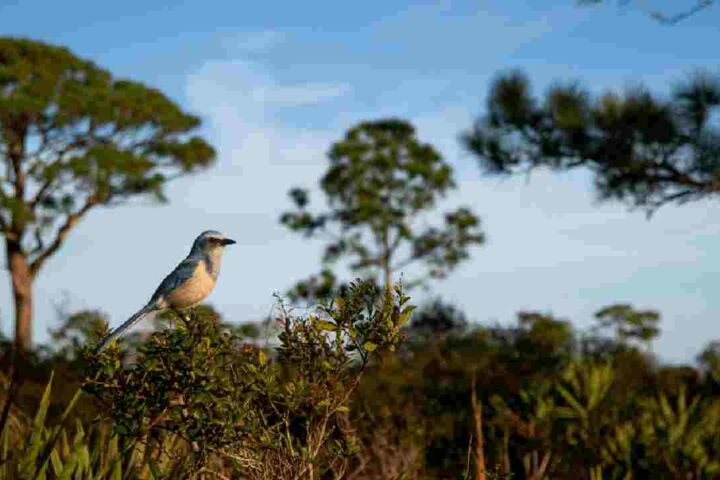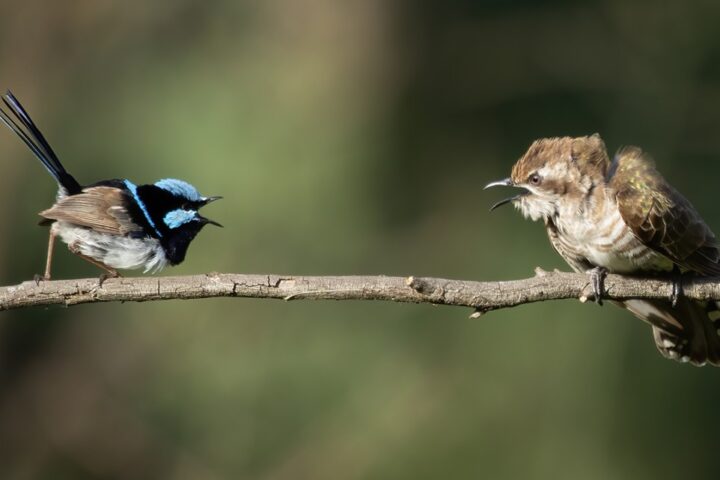A new study has uncovered a disturbing trend in Singapore and Malaysia’s fish maw markets. Researchers found DNA from six endangered fish species in dried fish maw products sold in local shops.
Scientists from the National University of Singapore (NUS) and Universiti Malaysia Terengganu (UMT) published their findings on June 24, 2025, in Conservation Letters. They tested 480 fish maw samples from Malaysian shops (October-December 2023) and Singapore stores (January-April 2024). Their analysis identified 39 different fish species in these products.
Fish maw comes from dried swim bladders, the organs that help fish control their buoyancy in water. It’s a popular delicacy in Chinese cuisine across Southeast Asia, often served in soups and stews. Many people believe it offers health benefits and view it as a status symbol.
The study found evidence of two critically endangered species – the European eel and large yellow croaker. The European eel’s presence is especially troubling since the European Union banned its export in 2010. Four other endangered species were also identified: cassava croaker, American eel, fourfinger threadfin, and iridescent shark. The blackspotted croaker, listed as near threatened, was the most common species found.
“Fish maw has been processed, flattened, cleaned and washed. You can’t determine what species the maw comes from without using genetic methods,” explained Assistant Professor Benjamin Wainwright from NUS, one of the study’s authors.
This difficulty in visual identification creates major challenges for regulating the trade. Regulation is further complicated by classification issues that group fish maw together with various dried fish items under a single general category of “dried fish goods” in trade systems. The research team discovered that in Singapore markets, these fish maw products sell for anywhere from $80 to over $1,100 per kilogram.
Similar Posts
In Singapore, these products were widely available in markets, including Victoria Wholesale Centre, Albert Centre, and throughout Chinatown.
The fish maw trade is part of a larger concern about seafood sustainability. Fish maw ranks among Asia’s four most prized traditional seafood delicacies, with shark fin, sea cucumber, and abalone completing this luxury group. The high demand puts severe pressure on fish populations.
Chester Gan from Singapore’s World Wide Fund for Nature (WWF) urged both consumers and businesses to consider more sustainable options. “Given that fish maw may originate from fisheries with little data, endangered species, or unsustainable fishing practices that harm vulnerable marine life, we urge both consumers and businesses to consider more sustainable alternatives.”
Prof. Wainwright recommends avoiding fish maw completely if you can’t verify its species, origin, or sustainability. He warns that without greater awareness, we risk depleting one species after another as demand continues.
Some companies are developing alternatives to wild-caught fish maw. Avant Meats in Hong Kong and Singapore is working on lab-grown fish maw that provides the same proteins without harming wild populations. However, it’s unclear if these alternatives will carry the same cultural value.

Experts suggest several solutions: stricter regulations, better traceability systems, regular DNA testing of market products, and consumer education. They also propose adding certain species to the Convention on International Trade in Endangered Species (CITES) list to protect them from harmful trade practices.
This research highlights how luxury seafood items can threaten marine biodiversity. As more people learn about these impacts, conservation experts hope consumers will make choices that support sustainable fishing and protect endangered species for future generations.
